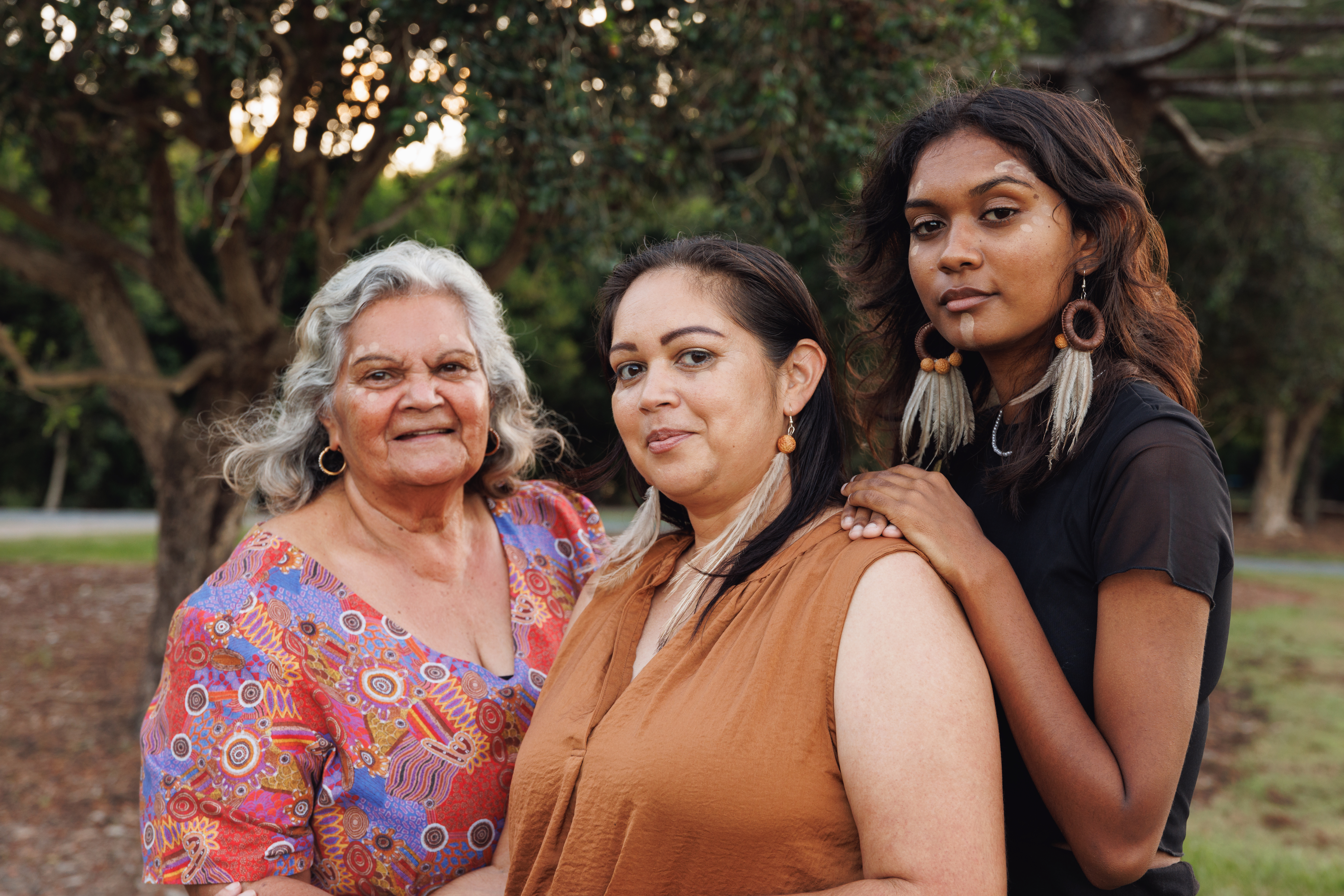
Every NAIDOC Week is a time to recognise and celebrate the history, culture and achievements of Aboriginal and Torres Strait Islander peoples. It is also an important moment to reflect on health outcomes and the urgent need for equity.
It is a time for all of us to listen to and learn from the voices of Aboriginal and Torres Strait Islander peoples. Stem Cell Donors Australia has been doing this as we reflect on health outcomes and the role we play. We want to use our voice to amplify these important messages and work towards fairer, stronger health outcomes for mob.
Right now, too many First Nations patients are going without a stem cell match.
First Nations people are 40% more likely to die from cancer than non-Indigenous Australians. For those who need a stem cell transplant, the chances of finding a matching donor are slim. There are very few First Nations donors on the registry, and overseas donor pools often do not often include people with Aboriginal and Torres Strait Islander ancestry. This means that for many patients, a match must come from within Australia.
That gap is costing lives.
What young First Nations people are telling us
As part of our work to address this, we have been listening to young First Nations people across the country. While our full research findings will be shared later this year, we want to share some early insights.
Awareness of stem cell donation is low, but interest is strong. Most participants had never heard of stem cell donation or the registry. Yet, 65% said they would consider registering if they had access to clear, credible and culturally safe information over time.
Motivations to donate are deeply connected to family and community. Looking after mob and saving lives are the strongest drivers. Many participants also shared concern that without more First Nations donors, patients from their community would not have a chance to find a match.
However, fears and uncertainties remain real. Worries about pain, long-term health impacts and needing time away from family and work were common, especially when information was unclear or difficult to access.
How young First Nations people want to engage
We heard clearly that building trust and understanding must come first.
The most effective approach is multi-layered. It starts with engaging Elders, families and community leaders to provide cultural permission and guide the conversation. Without this, outreach to young people can feel inappropriate or be met with scepticism.
Partnering with trusted community health organisations is critical. These are seen as culturally safe places to learn, ask questions and get support at every step.
Finally, social media is key. Platforms like TikTok, Instagram and YouTube are preferred by young people, especially when content is short, storytelling-based and shared by real people from within the community.